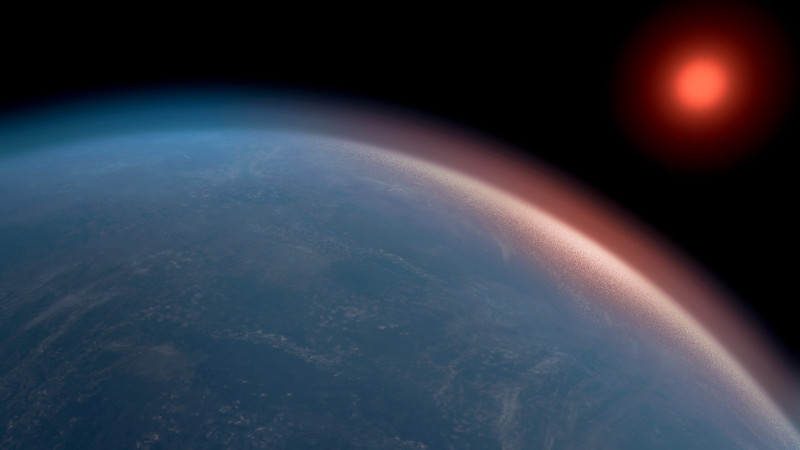Astronomers have uncovered tantalizing new evidence hinting at the possibility of life on the distant exoplanet K2-18b, a world orbiting a star light-years away in the Leo constellation. Using the James Webb Space Telescope, researchers detected chemical signatures in the planet’s thick atmosphere—most notably dimethyl sulfide (DMS) and dimethyl disulfide, molecules that on Earth are produced almost exclusively by marine life such as phytoplankton and bacteria.
K2-18b is a “Hycean” planet, nearly nine times the mass of Earth, and sits in the habitable zone where temperatures could allow for oceans of liquid water. The discovery of methane and carbon dioxide in its atmosphere last year already made headlines, but the latest findings suggest the presence of biosignature gases at levels far higher than those found on Earth.
While these results are the most compelling yet in the search for extraterrestrial life, scientists urge caution. The detected molecules could, in theory, be produced by unknown non-biological processes unique to K2-18b’s environment. More observations are needed to confirm whether these chemical fingerprints truly point to alien life.
Still, experts say this is the closest humanity has come to finding evidence of life beyond our solar system. If confirmed, K2-18b could radically alter our understanding of life’s prevalence in the galaxy.

